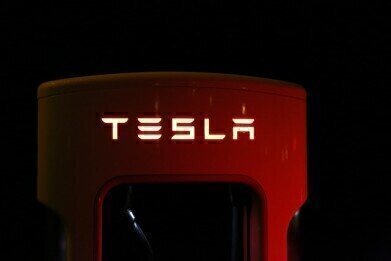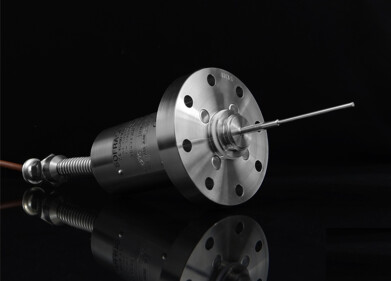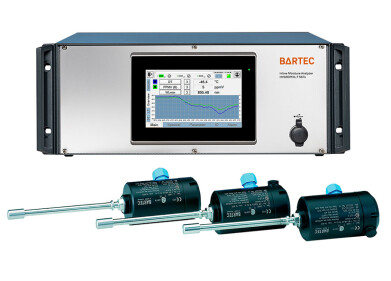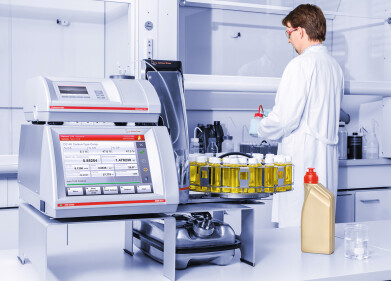Measurement and Testing
What Are the Benefits of Lithium Ion Batteries?
Sep 19 2022
A positively charged anode, negatively charged cathode and electrolyte form the backbone of lithium ion batteries. Since the first lithium ion batteries were developed in the 1970s, the technology has become a mainstay in everyday life. Today, lithium ion batteries are used to power everything from smartphones to electric cars.
So, what makes lithium ion batteries attractive to product manufacturers? Below, we spotlight the benefits of lithium ion batteries.
High energy density
When it comes to energy density, lithium ion batteries are top performers. This property describes the amount of energy a battery can hold, relative to its size. The more energy a battery can store, the higher its energy density. Compared to traditional lead-acid batteries which can hold between 50 to 100 wh/kg, lithium ion batteries boast an impressive range of between 260 and 270 wh/kg.
Lightweight
On average, lithium batteries weight between 50 and 60% less than traditional batteries. This makes them ideal for compact and handheld devices, including smartphones and e-readers.
Long lifespans
As well as being rechargeable, lithium ion batteries boast exceptionally long lifespans. High-performance lithium batteries last up to 10 times longer than their lead-acid counterparts. Of course, lithium ion batteries eventually deteriorate. Though with the right recycling practices in place, materials can be salvaged and lithium batteries can find a place in the circular economy.
Good long-term performance
Lithium or not, all batteries degrade over time. However, when it comes to long-term performance lithium batteries rate highly. The best lithium batteries continue to offer 80% of rated capacity after around 200 cycles.
Temperature tolerant
Unlike other batteries which don’t function well in extreme temperatures, lithium ion batteries are relatively tolerant.
Low self-discharge
Self-discharge is one of the biggest issued faced by battery engineers. Unlike other types of rechargeable batteries, lithium ion cells have a low self-discharge rate. Batteries will generally lose around 5% of charge in the first few hours, however this quickly drops to around 1 to 2% per month.
Fast charge times
Fast charge times make lithium batteries the technology of choice for consumer products. This includes handheld devices like smartphones and tablets, as well as larger battery-powered products like electric cars.
Customisable technology
Manufacturers don’t need to conform to a one-size-fits-all approach when developing lithium ion batteries. The potential to modify features like cathode chemistry and cell format makes it easy to customise lithium ion batteries. For example, Tesla uses a variety of cathodes to power its electric cars. These include lithium iron phosphate (LFP), lithium nickel-cobalt-aluminium (NCA) and nickel-cobalt-manganese (NCM).
Developing lithium ion batteries involves a huge amount of research and testing. Find out more about the anatomy of lithium ion batteries and some of the cutting-edge methods used to test different components in our complete guide, ‘Lithium Ion Batteries: Types, Testing & Uses’.
Digital Edition
PIN 25.1 Feb/March
March 2024
In This Edition Safety - The technology behind the ION Science Tiger XT - Safety with ammonia and LOHCs as hydrogen carriers Analytical Instrumentation - Discussion on new tribology te...
View all digital editions
Events
Apr 22 2024 Hannover, Germany
Apr 22 2024 Marrakech, Morroco
Apr 22 2024 Muscat, Oman
Apr 22 2024 Rotterdam, Netherlands
Apr 23 2024 Singapore


















